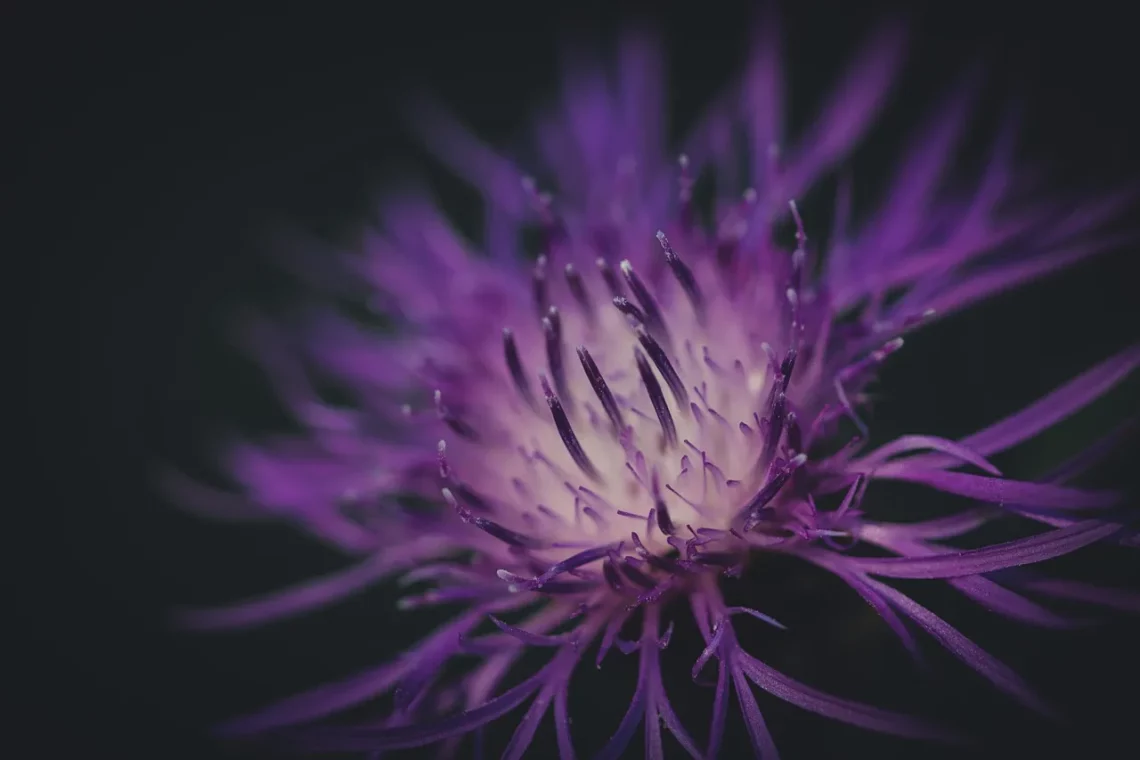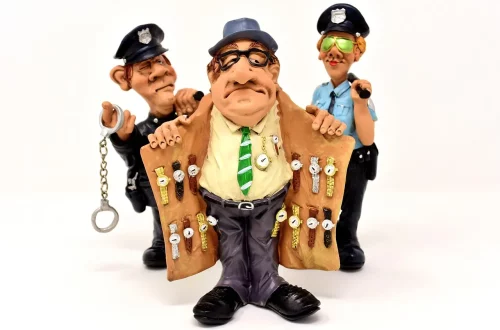
The Unique Relationship Between Horses and Beehives in Nature
The intricate web of life on our planet often reveals surprising connections between seemingly disparate elements. One such fascinating relationship exists between horses and beehives, two entities that may appear unrelated at first glance. Horses, as magnificent and intelligent creatures, have long held a special place in human culture, symbolizing strength, freedom, and grace. They inhabit a variety of environments, from lush pastures to rugged terrains, and possess a unique ability to adapt to their surroundings.
On the other hand, beehives, bustling communities of bees, serve as vital players in the ecosystem. These tiny yet industrious insects are essential for pollination, which is crucial for the growth of many plants and crops. The interplay between horses and bees may not be immediately obvious, but they both thrive in similar habitats and contribute to the biodiversity that sustains our planet. This relationship is not just a simple coexistence; it encompasses a deeper ecological connection that highlights the importance of understanding the natural world. By exploring this unique interaction, we can gain insights into the health of ecosystems and the delicate balance that sustains life.
The Ecological Role of Horses in the Environment
Horses are not just majestic animals; they play a significant role in maintaining ecological balance. As herbivores, they graze on grasses and other vegetation, which helps to manage plant growth. This grazing activity prevents overgrowth, allowing sunlight to reach the ground and promoting the growth of a diverse range of plant species. In turn, this diversity supports a variety of wildlife, including insects, birds, and other mammals.
Moreover, horses contribute to soil health through their manure. When properly managed, horse manure can act as a natural fertilizer, enriching the soil with essential nutrients. This process fosters a healthy ecosystem, encouraging the growth of plants that can support pollinators like bees. Additionally, the presence of horses can create a unique microhabitat. Their movement and trampling can break up the soil, allowing water to penetrate more deeply and promoting the growth of wildflowers that bees depend on for nectar.
It’s also important to note that horses can influence the behavior of other animals in their environment. For instance, their presence may attract various species of birds looking for insects stirred up by the horses’ movements. This interaction highlights the interconnectedness of different species and how one can impact the other.
From a conservation perspective, managing horse populations in a sustainable manner is crucial. Overgrazing can lead to land degradation, which negatively affects plant diversity and, consequently, bee populations. Therefore, understanding the ecological role of horses is essential for promoting biodiversity and ensuring that both horses and bees can thrive in their natural habitats.
The Impact of Bees on the Ecosystem
Bees are often hailed as the unsung heroes of our ecosystem. These small yet powerful insects are vital for pollination, which is critical for the reproduction of many flowering plants. In fact, it is estimated that approximately one-third of the food we consume relies on pollinators, primarily bees. Without their tireless work, our diets would be severely limited, lacking fruits, vegetables, and nuts that are essential for a healthy lifestyle.
The relationship between bees and flowering plants is a perfect example of mutualism, where both parties benefit from the interaction. As bees collect nectar for food, they inadvertently transfer pollen from one flower to another, facilitating fertilization and the production of seeds. This process not only supports plant reproduction but also enhances the genetic diversity of plant populations.
In addition to their role in food production, bees contribute to the overall health of ecosystems. Many plants that rely on bees for pollination provide habitat and food for other wildlife. This interconnectedness underscores the importance of preserving bee populations, as their decline could have a cascading effect on entire ecosystems.
Moreover, bees are sensitive indicators of environmental health. A decline in bee populations can signal changes in habitat quality, pesticide exposure, and climate change effects. By monitoring bee health, scientists can gain insights into broader ecological issues and take necessary actions to protect both bees and their habitats.
Protecting bees is not solely the responsibility of beekeepers; it requires a collective effort from everyone. Creating bee-friendly environments, such as planting pollinator gardens and reducing pesticide use, can significantly impact bee conservation. Understanding the vital role of bees and advocating for their protection is essential for maintaining the health of our planet.
The Symbiotic Relationship Between Horses and Bees
Though horses and bees belong to different biological classifications, their relationship can be viewed through the lens of ecological interdependence. As horses graze in fields, they inadvertently contribute to the health of the bee population by promoting the growth of flowering plants. The grasses and wildflowers that thrive in horse-grazed areas provide essential food sources for bees, creating a symbiotic relationship that benefits both species.
The movement of horses across the landscape can create favorable conditions for nesting bees. Many species of ground-nesting bees prefer disturbed soil, which can be facilitated by the trampling of horses. This natural disturbance allows these bees to establish their nests in areas where they can access abundant floral resources. Furthermore, the presence of horses can attract other pollinators, enhancing biodiversity in the area.
Additionally, horse pastures often support a variety of wildflowers that bloom during different seasons, providing a continuous supply of nectar and pollen for bees. This diverse floral offering is crucial for bee populations, especially during times when other food sources may be scarce. By promoting a healthy balance of plant life, horses can indirectly support thriving bee communities.
However, it is vital to manage horse populations wisely. Overgrazing can lead to the degradation of plant communities, negatively impacting the very ecosystems that bees rely on. Sustainable grazing practices, such as rotating pastures and allowing for periods of rest, can help maintain the health of both the land and its inhabitants.
Through understanding and appreciating the interconnectedness of horses and bees, we can foster a more sustainable approach to land management. By promoting practices that benefit both species, we can contribute to the overall health of our ecosystems.
Conservation Efforts and Future Implications
As awareness of environmental issues grows, so does the recognition of the need for conservation efforts that encompass a wide range of species and their interactions. The relationship between horses and bees highlights the importance of holistic conservation strategies that consider not just individual species but also the ecosystems they inhabit.
Conservation organizations and local communities can work together to create initiatives that promote biodiversity. This can include establishing protected areas that support both horse grazing and wildflower growth, ensuring that both horses and bees have access to the resources they need. Educational programs that emphasize the interconnectedness of species can also help to foster a culture of conservation.
Moreover, farmers and landowners can play a pivotal role in conservation by adopting practices that support both horses and bees. Planting native wildflowers, reducing pesticide use, and implementing sustainable grazing methods can significantly enhance the health of ecosystems. By recognizing the value of these relationships, landowners can contribute to a more resilient environment.
Ultimately, the future of both horses and bees depends on our ability to understand and respect the intricate connections within our ecosystems. By fostering a sense of stewardship for the natural world, we can ensure that future generations will continue to benefit from the beauty and bounty that these remarkable creatures provide.
In conclusion, the unique relationship between horses and beehives in nature exemplifies the complex interdependencies that exist within ecosystems. By understanding and nurturing these connections, we can contribute to a healthier planet and a more sustainable future for all species.
*Please note that this article is for informational purposes only and does not constitute medical advice. For any health-related issues, please consult a qualified healthcare professional.*




